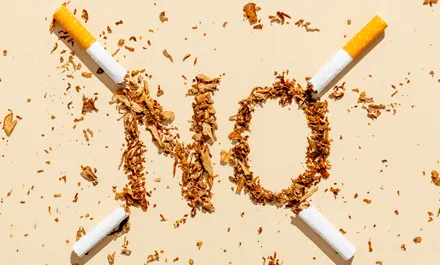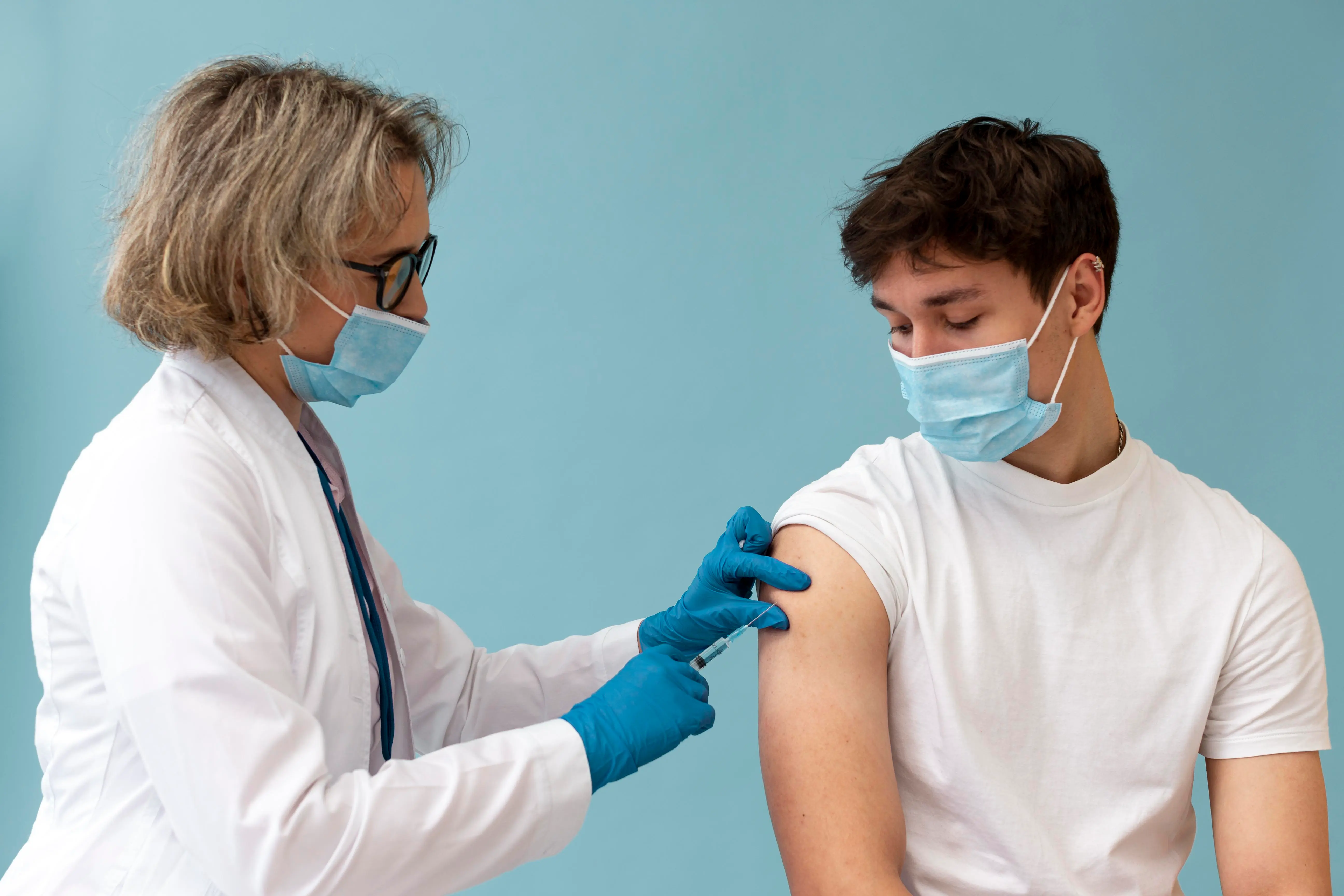- Email: [email protected]
- Contact: +1 (407)581-9000
Causes & Prevention
CancerGuru
Causes & Prevention

Causes
Understanding the causes of cancer and how to prevent it is fundamental for our community of patients, caregivers, and health-conscious individuals. Cancer results from changes in DNA within cells, often triggered by a combination of genetic, lifestyle, and environmental factors. While not all cancers are preventable, identifying and managing these risks can significantly reduce incidence, offering actionable steps for our users to take charge of their health.
Role of Genetics
Genetic factors play a role, with inherited mutations like BRCA1 and BRCA2 increasing risks for breast and ovarian cancers. Research says estimates that 5-10% of cancer cases are hereditary, meaning family history is a key indicator—someone with a mother diagnosed with breast cancer might turn to a medical professional to assess their own risk.
Lifestyle
Lifestyle choices, however, are major contributors too. Smoking is the leading cause of preventable cancer, linked to 30% of cancer deaths in the US, primarily lung cancer. Poor diet, obesity, and excessive alcohol also elevate risks—obesity alone is tied to 14% of cancer deaths, affecting cancers like colorectal and endometrial.
Environmental Exposure
Environmental exposures add another layer, with UV radiation from sun exposure causing over 1 million Skin Cancer cases annually, and workplace hazards like asbestos contributing to mesothelioma.
Infections & Diseases
Infections, such as HPV (linked to cervical cancer) and hepatitis (liver cancer), further complicate the picture, with the NCI noting that 10% of cancers globally stem from such agents.

Prevention of Cancer
Prevention represents a powerful opportunity to empower our patients at CancerGuru.com, offering actionable steps to reduce cancer’s threat. While risk factors—such as genetics or environmental exposures—do not guarantee disease onset, adopting evidence-based measures, supported by our resources and aligned with guidance from the American Cancer Society (ACS) and National Cancer Institute (NCI), fosters healthier lives. These strategies, grounded in decades of research, enable individuals to take charge of modifiable risks, significantly lowering the incidence of preventable cancers.

Ceasing tobacco use stands as a cornerstone of cancer prevention. The ACS reports that quitting smoking slashes lung cancer risk by 50% within 10 years, with benefits extending to cancers of the mouth, throat, and pancreas (ACS, 2023). A 2024 NCI study estimates that 30% of all U.S. cancer deaths stem from smoking, underscoring its lethality. For a 40-year-old pack-a-day smoker, cessation might involve nicotine replacement therapy or counseling—accessible via our resources, yielding measurable risk reduction within months. Secondhand smoke avoidance further amplifies protection, particularly for non-smokers in shared environments.

Maintaining a healthy weight through diet and exercise constitutes another critical strategy. The NCI links obesity to 13 cancer types, including breast, colorectal, and endometrial, noting a 10% risk increase per 5-unit BMI rise (NCI, 2024). A diet rich in fruits, vegetables, and whole grains—e.g., a daily plate of berries, spinach, and quinoa—delivers antioxidants and fiber that combat cellular damage. Coupled with 150 minutes of weekly moderate exercise, such as brisk walking or cycling, this approach reduces risk by up to 20% across multiple cancers, per ACS data (ACS, 2023). A 50-year-old might swap soda for water and jog thrice weekly, steadily shedding excess pounds.

Limiting alcohol intake and protecting against sun exposure offer additional, practical defenses. The CDC advises capping alcohol at one drink daily for women and two for men, as excess doubles risks for liver and esophageal cancers (CDC, 2024). A weekend beer enthusiast might switch to mocktails, preserving social enjoyment without harm. For sun protection, the ACS recommends SPF 30+ sunscreen, reapplied every two hours, alongside hats and shade, cutting melanoma risk by 50% (ACS, 2023). A beachgoer in their 30s could adopt this routine, thwarting UV-induced DNA damage.

Vaccinations and screenings form another major arsenal in cancer prevention. The NCI highlights HPV and hepatitis B vaccines as shields against cervical, anal, and liver cancers, with uptake reducing related cases by 70% since 2010 (NCI, 2024). A 25-year-old receiving the HPV series exemplifies this proactive step. Regular screenings—mammograms, colonoscopies—detect precancerous changes early, slashing mortality; colorectal screening at 45, for instance, prevents 68% of deaths (ACS, 2023). These measures empower individuals to act decisively, aligning lifestyle with science to minimize cancer’s shadow.

